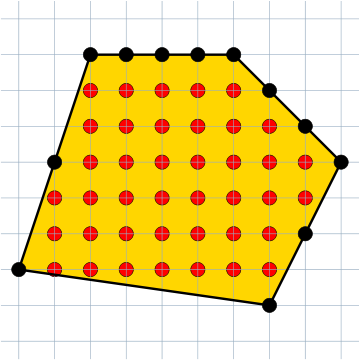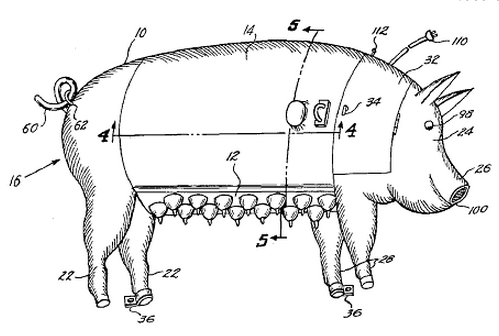
The Habeas Corpus Act of 1679 is a landmark in English law, permitting a prisoner to challenge the lawfulness of his detention. But Parliament passed it through an absurd miscount:
Lord Grey and Lord Norris were named to be the tellers: Lord Norris, being a man subject to vapours, was not at all times attentive to what he was doing: so, a very fat lord coming in, Lord Grey counted him as ten, as a jest at first: but seeing Lord Norris had not observed it, he went on with this misreckoning of ten: so it was reported that they that were for the Bill were in the majority, though indeed it went for the other side: and by this means the Bill passed.
That account, by contemporary historian Gilbert Burnet, is borne out by the session minutes. The act remains on the statute book to this day.









